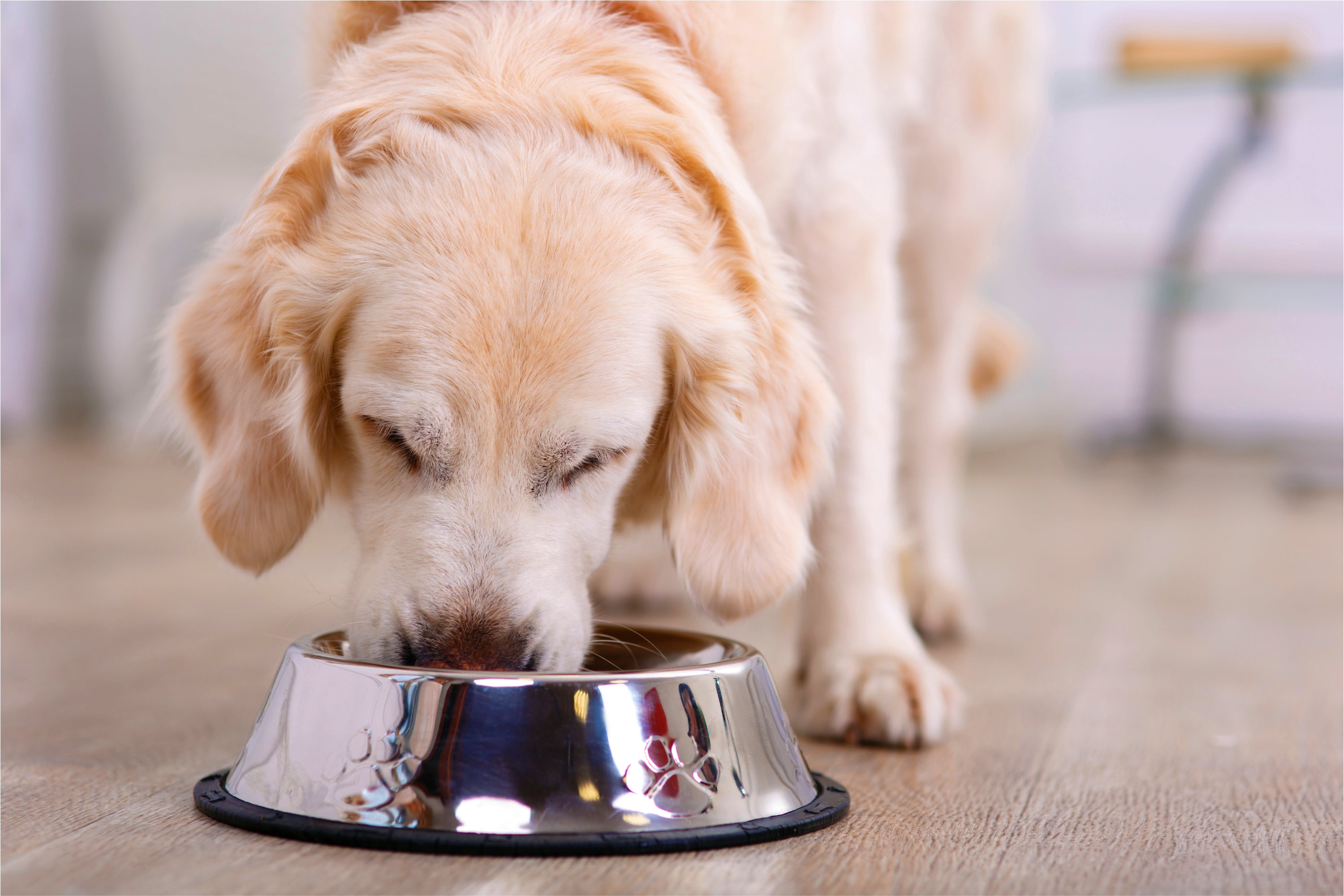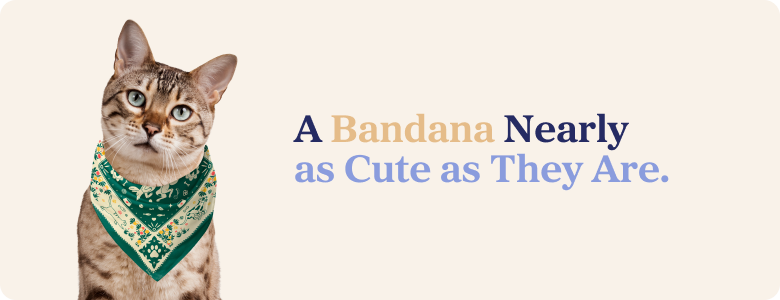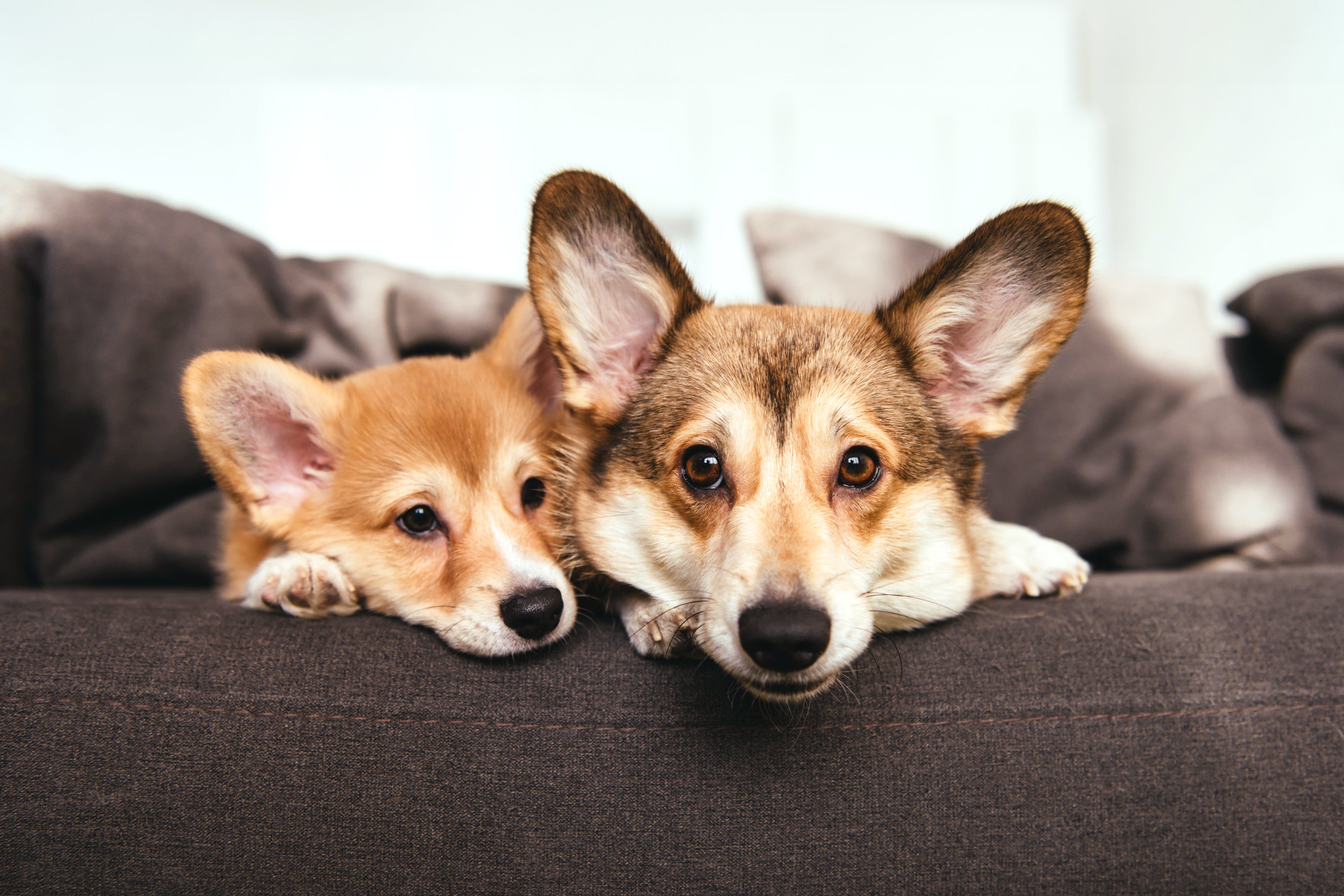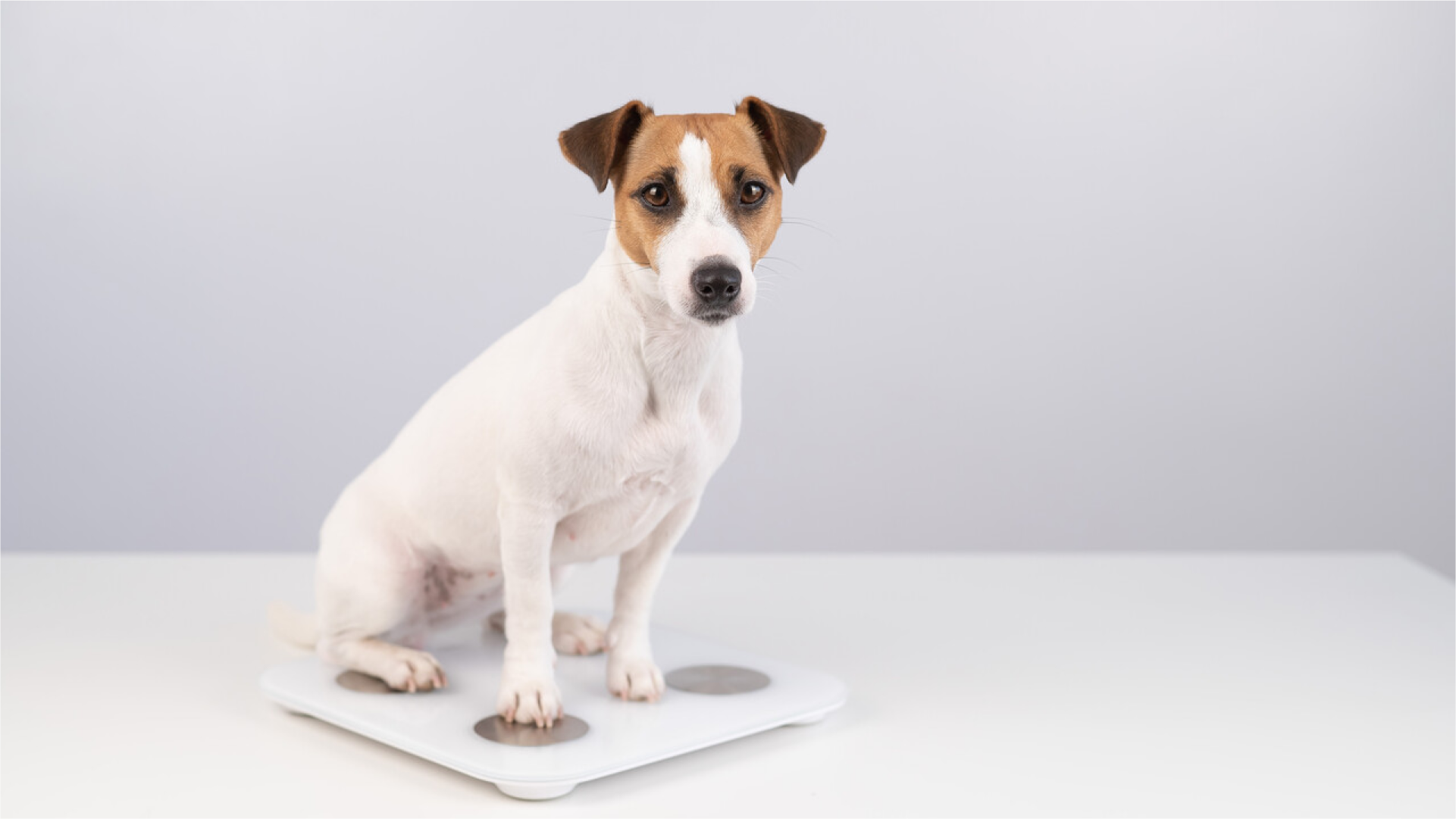
How Much Do I Feed My Cat or Dog?
Every pet parent wants to give their pets all the ingredients they need to live a wholesome life. We’re always considering what we should feed our pets, but we often forget that how much we feed our pets is an equally important question.
One of the best ways to keep those tails wagging is to feed them the right amount of food. Feeding them too little can lead to nutritional deficiencies, but overfeeding is possibly an even more common problem. You might think your pet looks cute when they’re plump, but a lean pet is a healthy pet.
Let’s make sure your cat or dog bowl is always filled to the right level with these helpful tips on how to feed your pet the right portion size. As always, we recommend working with your veterinarian for specific steps about feeding your pet.
Factors to Consider
Whether cat or dog, every pet has unique needs that affect how much food they need to live their best life.
Age: As your pet grows, their nutritional needs change. Puppies or kittens tend to need more daily calories than adult pets to keep up their development.
Size: Larger pets naturally need to eat more than smaller pets. Even pets within the same breed may have size differences that determine how many calories they need per day.
Activity Levels: Cats or dogs that are always on the move burn more calories than pets that prioritize nap time. If your pet enjoys going on walks or runs with you, they’ll need more calories to meet their energy demands. If your pet enjoys rest and relaxation above all else, they’ll need fewer calories.
Reproductive Status: Spayed or neutered pets tend to have slower metabolisms that require fewer calories.

How Much to Feed Your Pet?
With all these factors to consider, finding the right amount to feed your pet can feel like a daunting task. Not to worry, there are plenty of tools to help you get on the right track.
Feeding Guide
The best place to start is the feeding guide on your pet’s food label. Typically, a label translates daily recommended calories into serving sizes, making it easy to know how many cups of food your pet needs. These guides are a helpful starting point, but it’s important to consider the aforementioned factors to give your pet a personalized diet.
Your Pet’s Lifestyle
This is an important aspect that may cause you to stray from the feeding guide. For example, a 40 lb basset hound that likes taking it easy will need less calories than a 40 lb dalmatian that loves to work up a sweat. The same goes for cats. An active pet will need more calories than a sedentary pet that weighs the same.
Use a Feeding Calculator
Check out our Feeding Calculator to help you assess your pet’s daily serving size. It’s a convenient and easy-to-use tool that factors in more than just your pet’s weight.
Keep a Record
Think of this as a progress report for you and your pet. Check their weight once a month and track the results. Depending on their health and starting weight, you may want them to gain weight, lose weight, or stay consistent. Tracking their weight over time will help you see if you’re feeding them the right amount of food so that you can adjust their diet as needed.
Your Pet’s Body Condition Score
A helpful way of assessing your pet’s weight is by determining their body condition score (BCS). In a nutshell, BCS is the pet equivalent of Body Mass Index (BMI) for humans. It’s a method for evaluating your pet’s body fat, which can help you understand how many calories they need per day.


To assign your pet a score, start by standing over them. See if their waistline curves behind their ribcage, giving them an hourglass figure. Then sit on the floor next to them and look at them from the side. Check if they have a tummy tuck or a sagging belly.
BCS rates your pet’s size on a scale of 1–9. An underfed pet may score between 1–3. Their ribs, backbone, and pelvic bones will stick out and they’ll have a severe waistline and tummy tuck.
A pet with an ideal weight should score between 4–5. They’ll have similar features as an underfed pet, but they’ll be less pronounced because there’s more fat and muscle on their bodies. For example, you should still be able to see and feel their ribs, but there should be a thin layer of fat over them.
Finally, an overweight pet will score between 6–9. This is when the ribs are no longer visible, and there’s a clear sagging belly with no tummy tuck.
Always Consult Your Vet
To get the most accurate BCS, we recommend consulting your veterinarian. They can help you determine your pet’s physical condition and their ideal caloric intake. Your local veterinarian is a vital resource to help you keep your pet healthy and keep those tails wagging.
Pawsync Feeding Calculator
At Pawsync, we’re committed to giving you all the tools you need to help your pet live their best life. That’s why we’re offering our free Feeding Calculator to help you get how much food your pet needs.



